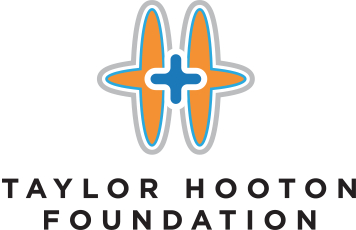Crusading anti-doping speaker hopes to educate unsuspecting parents and teens
WATERLOO — Just who is using anabolic steroids?
Don Hooton Jr.’s answer might surprise you.
Those grunting muscle-heads at your local gym and the eight dirty University of Waterloo football players aren’t the only ones.
According to the Texas-based anti-doping crusader, a million high school kids in the U.S. have experimented with performance-enhancing drugs.
And the fastest growing group of anabolic steroid users?
High school girls.
Not all of them are using for performance-enhancing purposes, he said.
Steroids’ appearance-enhancing properties are also a big attraction for American teens, he added.
“Cheerleaders are using them, too,” said Hooton Jr. “And once you start, there’s no changing your body back.”
Hooton Jr. works for the Taylor Hooton Foundation, named for his brother who committed suicide because of what his family calls steroid-induced depression.
Along with educating 100,000 people annually, foundation members have served as consultants to the beleaguered UW Warriors after one of Canadian sport’s biggest steroid scandals sacked its football team’s season last spring.
At Wilfrid Laurier’s request, Hooton Jr. took his message to 500 or so of the Golden Hawks’ student-athletes during a presentation this week where attendance was mandatory.
His straight dope on doping outlined performance-enhancing drugs’ devastating side-effects like organ damage, mood swings, premature death and promising athletic careers laid to waste.
He said most of the anabolic steroids sold on the North American black market originate in China in power form and often contain toxic levels of heavy metals like lead, mercury, zinc and tin.
Dealers here mix the concentrate with baby oil, cooking oil, even motor oil, before purchasers inject the sludge into their young bodies, he said.
Hooton said one in 16 American high school kids admits to using performance- or appearance-enhancing drugs. Canadian statistics are unavailable.
Today’s youth are bombarded with so many messages about bodies rippling with muscles, it’s little wonder kids turn to readily-available shortcuts, he said.
“My brother bought his drugs at the local YMCA,” he said.
Laurier’s athletic director told his university’s student-athletes that drugs might be tempting, but the consequences can be shattering.
Peter Baxter said statistics show 60 per cent of young adults in Canada have experimented with drugs, recreational or otherwise.
“But if another student is arrested for marijuana, it won’t end up on the front page of The Waterloo Region Record,” Baxter told the varsity athletes. “If it’s you, you just might.
“It’s all about making good decisions. Rules and incentives are no substitute for wisdom.”
Laurier’s football coach Gary Jeffries said Canadian Interuniversity Sport’s drug-education programs were administered almost an afterthoug ht.
So Hooton’s presentation was a good beginning, he said.
“I know it made a difference,” he said in an interview after Hooton spoke at the Bricker Academic Building.
“Without this, the kids are going to make bad choices. In this age group, 18 to 24, kids are hot-wired to make bad decisions. We were all there.”
Plans are in the works for the Hooton Foundation to train student leaders at both Laurier and UW so they can offer anti-doping presentations to their peers, local high schools and community sports clubs, Baxter said.
That’s a welcome idea, said a veteran member of the Hawks football team.
“The farther you go in sports, the more pressure there is to use,” defensive back Luke Thompson said in an interview.
“But I think the younger you can reach people, the better informed they are and the better off it is for everyone.”
Hooton Jr. is a former Division-I baseball player in the U.S. who estimates 70 per cent of his teammates were using banned substances.
None of his teammates ever flunked a drug test, despite the NCAA’s drug-testing program, he said.
Hooton Jr. also made a trip to London, Ont. to talk to Western’s varsity athletes this week.
And like his brother’s untimely death, the Waterloo steroid scandal has at least opened our eyes to the scope of the problem, he said.
“Rather than burying our heads, let’s educate these kids.
“If all we could do is reach out and grab one kid, we’ve done our job.”
As a result of ramped up doping tests after the UW steroid scandal, which also revealed the first North American athlete to test positive for human growth hormone, 67 members of Laurier’s football team were subjected to surprise drug testing last week.
Results won’t be known for weeks, a spokesperson for this country’s anti-doping watchdog, the Canadian Centre for Ethics in Sport, has said.
